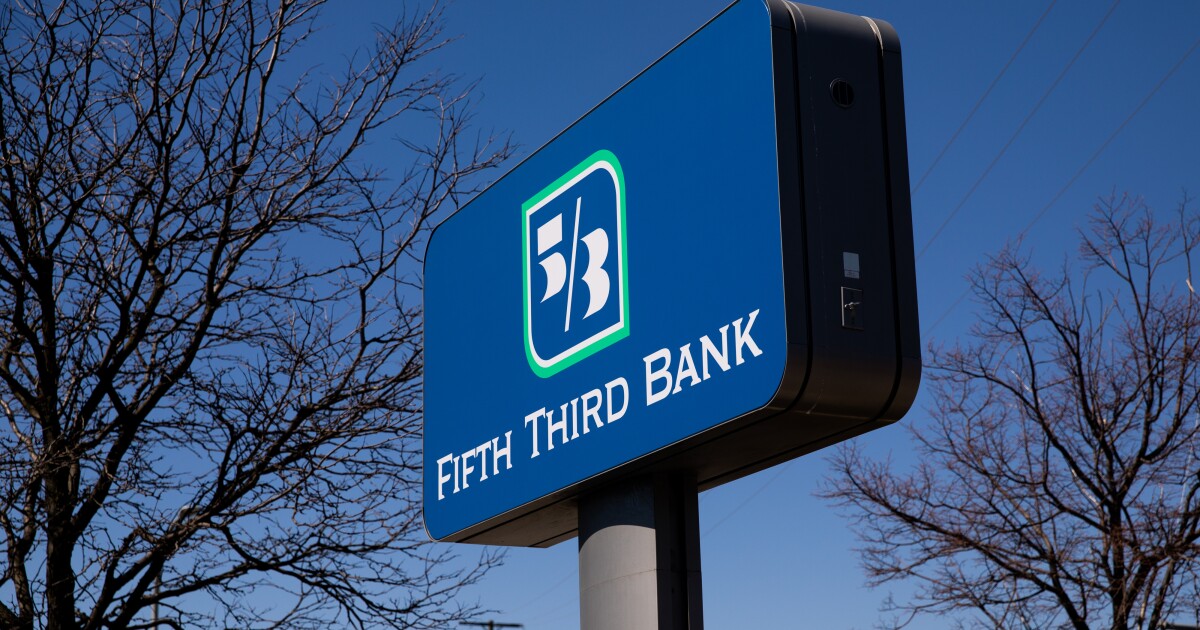This post is part of a series sponsored by AgentSync.
Surplus lines, also called surplus and excess lines, is a tricksome area of insurance, thanks in part to the fact that surplus lines business often comes with premium taxes that carriers and brokers have to file with the state in a separate process, not to mention stamping fees and other fees.
A 2011 federal law aimed to simplify the surplus lines premium tax filing process, with some success but, ultimately, this remains a complicated area for carriers, agencies, and brokers in the space.
What are surplus lines premium taxes?
Fundamentally, surplus lines premium taxes are taxes a surplus lines carrier or broker has to pay to a state where they sold a surplus lines policy.
The longer explanation: Carriers pay taxes to their domicile state based on the amount of premium they write each year. Carriers factor this tax into their overall costs, so contracts in a given state include that amount in the premium payments. It’s not typically disclosed to consumers because the onus of responsibility for paying is on the carriers, and, for consumers, insurance on the admitted market is tax-free.
With the nonadmitted insurance market, or the surplus lines market, the taxes a state would normally assess to an admitted insurance carrier don’t apply. So the states charge those taxes in a more transparent way, which brokers and carriers must disclose very clearly on the documents they present to the would-be-insured.
What are stamping fees?
Stamping fees are one of the other taxes and fees a state may charge. Some states require a surplus lines broker to include specific language in consumer-facing documentation that discloses specific risks associated with surplus lines contracts. For instance, the state may require a disclosure that surplus lines policies aren’t regulated by the state, that the state isn’t vouching for the financial solvency of the nonadmitted carrier, or that the state’s guaranty association won’t cover the policy in case the carrier collapses.
Called “stamps” because these disclosures used to be inked on a physical stamp, modern stamps are typically digital. Yet, some states still require a stamping fee either as a percent of premiums (usually a fraction of a percent) or as a set dollar amount per policy.
Surplus lines filings: A back ocho
Because states don’t have rate-setting authority or annual auditing controls over nonadmitted policies and carriers, they have a separate set of requirements that surplus carriers and brokers must fulfill. Some states require brokers to file an attestation that they fulfilled a “diligent search requirement,” or to report data on the kinds of policies they sold, or their premium taxes.
To complicate matters, not only do states have different requirements for what must be reported, but they also vary based on who is responsible for the reporting – the broker or the carrier. And, perhaps most frustrating of all, states have different processes for how those data points must be reported.
OPTins for surplus lines filing
More than 20 states use the Online Premium Tax for Insurance portal (OPTins) that’s supported by the National Association of Insurance Commissioners (NAIC). This is most convenient for carriers that may have to file data across states. But when has convenience mattered in insurance?
State-specific portals
The majority of states take their own paths to getting carriers and brokers to file surplus lines data. In most states, that means working through their own portal, usually maintained by the state itself or by a state surplus lines association that surplus lines brokers and carriers are required to maintain a membership with. There are also several private vendors that deploy portals and filing systems for states, as well, giving carriers and brokers the relief of a more predictable and standardized experience.
Sadly, some of the variations in state filing are still paper-based, with carriers and brokers having to download a specific file to then upload into a system, or even send a paper in via mail.
How often do you need to file surplus lines premium taxes?
Monthly. Or quarterly. Or annually. Or maybe twice a year. Or maybe each piece of surplus business needs to have its filings made within 60 days of its effective date. You’re smart enough to know: the answer really depends on each state’s laws. Womp womp.
Paying your surplus lines premium taxes and other fees
Some states are SO FUN at this tax tango that they let you pay online, then fill out a form that you have to file in a separate portal or via email or snail mail.
Zero-filing requirements: Giro and molinete
Let’s pretend you’ve written a lot of premiums in a state with quarterly filing requirements, but one quarter you don’t have any premiums to report. Do you still have to file a report for that quarter? In some states, you do! This requirement is typically called a zero-filing, although recently we’ve seen states moving away from requiring these kinds of reports.
Federal regulation of surplus lines premium taxes: A forward ocho
If there’s a bright spot in the story of surplus lines premium taxes and filings, it’s that a 2011 federal law greatly simplified life for carriers and brokers on the nonadmitted market.
I know, we don’t often say things like “be thankful for federal regulation,” but imagine: Prior to 2011, when insurance was far more paper-based than today, states could require carriers and brokers to pay surplus lines premium taxes and fees in any state the business touched. So, if someone was insuring property in multiple states, or their surplus lines broker was a nonresident, and if the nonadmitted carrier was domiciled in another state, each of those states might have a say about how to get a slice of the action.
Thanks to the Nonadmitted and Reinsurance Reform Act (“NRRA”) portion of the Dodd-Frank Wall Street Reform and Consumer Protection Act, we have this little gem:
(a) Home State’s exclusive authority
No State other than the home State of an insured may require any premium tax payment for nonadmitted insurance.
Take a bow: The simplicity of technology
Surplus and excess lines regulation is an area of the insurance industry with a lot of opportunity for states to come together and simplify regulations and processes. Despite the delta between our present state and that dreamlike future, there’s one area modern insurance infrastructure can make life less stressful for surplus brokers, carriers, and agencies alike: surplus lines licensing.
AgentSync’s secret sauce makes it easier to stay on top of your surplus lines partners, whether they need a standalone license or whether surplus lines sales are attached to property and casualty LOAs. If you’re ready to upgrade your licensing to the 21st century, see how AgentSync can help.
Topics
Excess Surplus
Publisher: Source link











